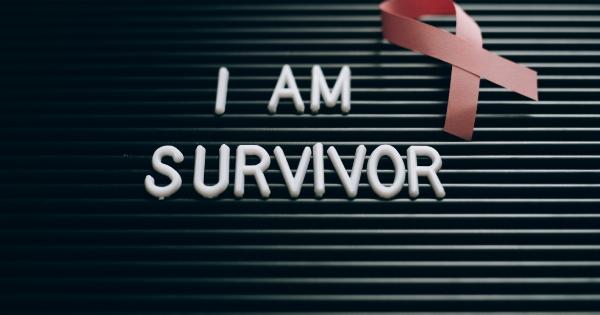Breast cancer is one of the most common forms of cancer worldwide. While treatment options are available, experts are now saying that the long-term effects of cancer treatment may need a national control strategy.
The rise of long-haul breast cancer patients
Long-haul breast cancer patients are those who have completed their primary treatment, but are still experiencing symptoms and side effects.
These patients typically have a poorer quality of life compared to people who have not faced this cancer diagnosis.
According to a study published in JAMA Oncology, around one in three breast cancer patients in the US experience long-term side effects such as fatigue, neuropathy, and cognitive dysfunction, which can last for years or even a lifetime.
This constitutes a serious public health problem that must be addressed to reduce the burden of disease on patients and families.
The need for a national control strategy
There is a growing recognition among healthcare professionals and policy makers that long-haul breast cancer patients need more support.
Research suggests that many of these patients do not receive the care and services they need to manage their symptoms and improve their quality of life.
A national control strategy could help ensure that long-haul breast cancer patients receive the necessary care and support.
This would involve a coordinated effort to identify and address the root causes of long-term symptoms and side effects, and to develop targeted interventions to manage them.
The benefits of a national control strategy
A national control strategy for long-haul breast cancer patients could have several benefits, including:.
- Improved quality of life for patients and their families
- Reduced use of healthcare resources and costs
- Enhanced coordination of care between different healthcare providers
- Better communication between patients and healthcare providers
Challenges to implementing a national control strategy
While a national control strategy could be beneficial for long-haul breast cancer patients, there are several challenges that need to be addressed. These include:.
- The need for increased awareness and education among patients, healthcare providers, and policy makers
- The need for better data collection and analysis to understand the prevalence and impact of long-term symptoms and side effects
- The need for more resources to support the development and implementation of targeted interventions
- The need for collaboration between different stakeholders, including patient advocates, healthcare providers, and policy makers
Conclusion
Long-haul breast cancer patients are a growing population with unique needs that require attention from healthcare providers and policy makers.
A national control strategy could help ensure that these patients receive the necessary care and support to manage their symptoms and improve their quality of life. However, several challenges need to be addressed to make this strategy a reality.



























